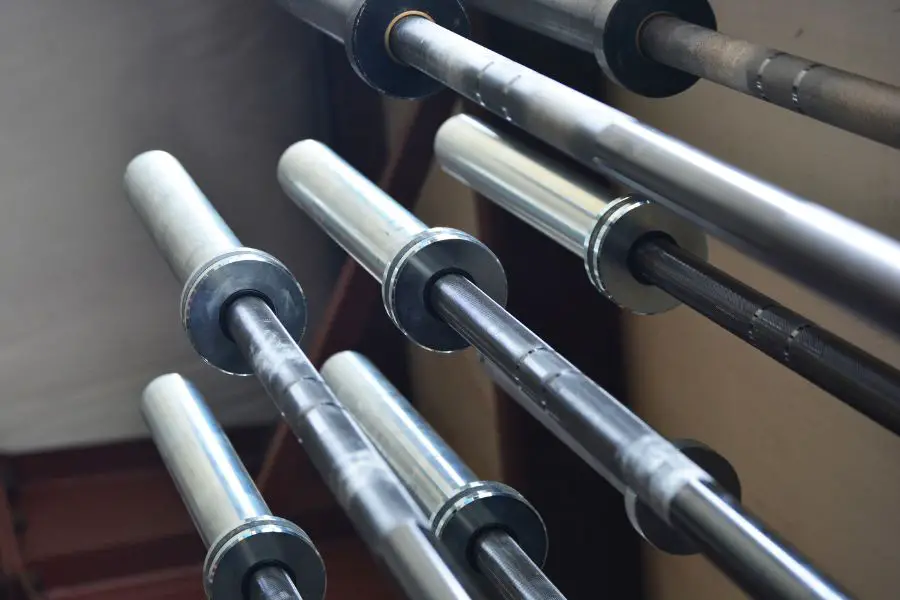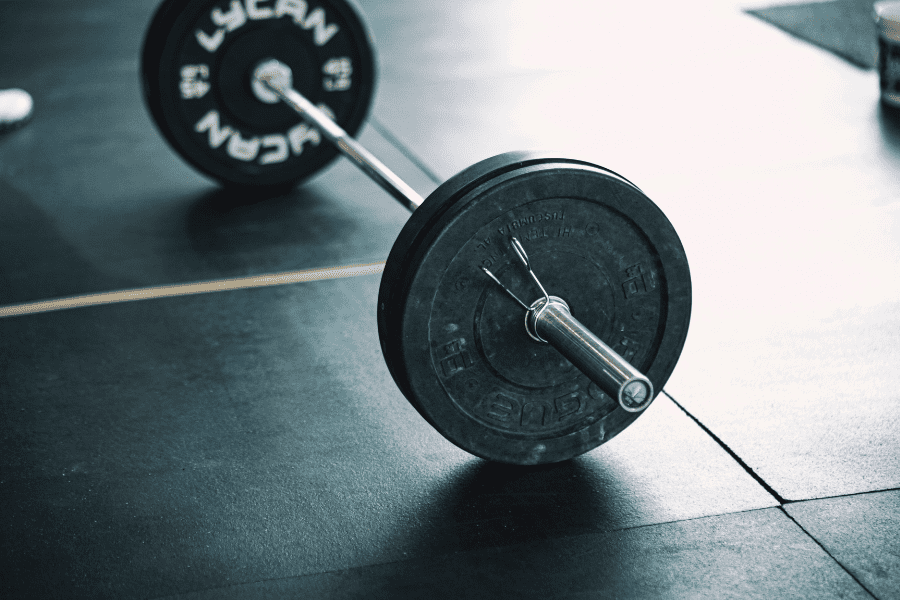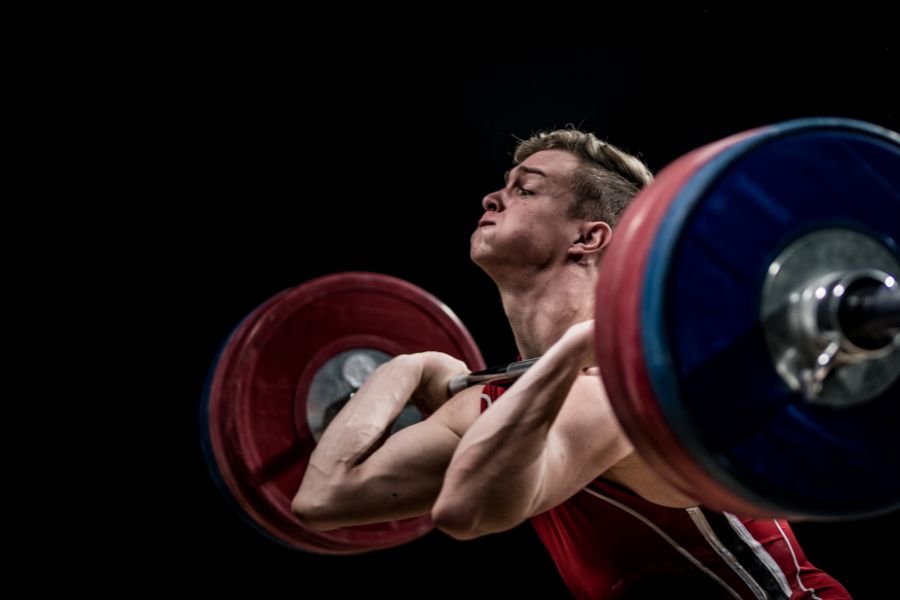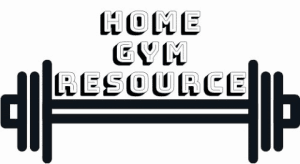The barbell is a key component of any gym but how much can you expect to pay for one? In this article, we’ll dive into the prices for all kinds of barbells.
Barbells can cost as little as $50 and as much as $1200+. The majority of barbells you see in commercial and home gyms cost between $200 and $400. This is the price range that gets you a bar that’s suitable for the vast majority of lifters, lasts long, and is well-built.
Of course, there are big differences in barbells and how much you pay for them. In the rest. of this article, we’ll go into what you can expect for your money and how much the different straight and specialty barbells cost exactly.
Contents
How Much Does The Average Barbell Cost?
Barbells can cost as little as $50 and as much as $1200+. The majority of barbells you see in commercial and home gyms cost between $200 and $400.
In that price range, you can get a full-sized barbell with the right features and quality. They are not the top of the line bars but they are suitable for the vast majority of people. barbells in this price range often have spinning sleeves, decent corrosion protection, and plenty of load capacity which makes them last a long time.
Olympic Barbell Prices
Olympic barbells are a type of barbell that has spinning 2″ diameter sleeves (the part you slide the plates on). They look like the barbells used for official weightlifting competitions but they’re not always the exact same.
Barbells used in official competitions have to be certified by the International Weightlifting Federation (IWF) and have to be machined to very precise standards.
Most average ‘Olympic’ barbells are not made with such tight tolerances and can thus differ a little in length, thickness, and more. They were never intended to be certified. This is the type of bar we’re talking about here. These tend to be cheaper than certified bars since they’re easier to make.
Roughly there are four barbell price ranges;

Don’t just buy a barbell on price alone. Here are some other factors you should decide on.
Budget
Entry-level barbells can be snagged for around $50 to $200. These bars work well for moderate lifting, as long as you’re not going all out with super heavy weights.
Entry-level barbells are not built to last a lifetime or handle crazy heavy loads, but they’re great if you just need a basic bar for regular lifting.
In my opinion, it’s best to skip the bars under $100. Listings that don’t give you the nitty-gritty details about the bar’s specs and features usually mean it’s not a great quality pick. if you need a bar quickly to get started, getting a very cheap one is OK but don’t expect it to handle heavy loads well or last very long.
If you’re looking for something that’ll stick around a bit longer without emptying your wallet, shooting for a bar around $150 is a smart move. At that price, you’re getting a much better bar than the ones cheaper than that. It’ll fight off rust better and hold up stronger overall. It might not be top-of-the-line, but it’s pretty darn good for most folks’ needs.
You’ll miss out on things like smoothly spinning sleeves, durable anti-corrosion coatings, and good knurling.
Mid-Range
Moving into the mid-range territory, barbells will set you back anywhere from $200 to $500. Here, you’re diving into a range that opens up access to barbells with notably improved quality, capable of standing the test of time. While you might not be getting all the fancy extras, what you’re getting is a bar that meets the needs of the majority.
For a home or garage gym, this is the segment you want to be shopping in. For 95% of people, these barbells will do perfectly fine.
Find some great barbells for your home gym in this category by clicking here.
What do you get for your money? Expect a boost in strength and a superior finish over entry-level. These upgrades alone translate to a significantly extended lifespan compared to entry-level bars.
The bar’s finish, both on its body and sleeves, is sturdier and more robust, acting as armor against corrosion while maintaining a polished appearance. At the upper echelons of this price bracket, you might even stumble upon stainless steel bars that practically laugh in the face of corrosion.
But that’s not all. Alongside better corrosion resistance, you’re also in for smoother spins with upgraded bearings gracing the sleeves. Furthermore, these mid-range bars flaunt a higher tensile strength, speaking to their overall durability.
A distinct advantage these bars carry over their budget counterparts is that you can get yourself a bar from a well-known brand. Although there’s a slight bump in cost for the brand name, the perks are substantial – think warranty coverage and reliable customer support.
In summary, mid-range barbells provide the best value for money. You get a bar that’s well-made, lasts long and works well.

High-End
For an IWF certified barbell you can expect to pay $550+. The bars used in the actual Olympics cost $1000+
Above $500 you start to get into the high-end barbells. This is where you find the absolute best. Tighter tolerances, top-notch finish, advanced construction techniques, precise quality control, and sleeves that spin like a top.
These barbells are mainly designed for top-tier lifters. Others can use them, but it might not be the best investment. The standout advantage of these bars is their distinct “feel.” This comes with practice – noticing how smoothly the sleeves spin, the unique “whip,” and how they grip in your hands.
If you’re aiming to reach the elite level but aren’t quite there yet, getting one of these bars for practice is a smart move. It brings you closer to the type of barbell you’ll use in a real competition. Training with similar equipment can give you a slight advantage when it matters most.
And of course, if you just want the best, this is the range where your can shop.
Standard Barbell Prices
Standard barbells are bars where the sleeves are 1″ thick. These are built to take weight plates with a 1″ inner hole. So be aware that you can’t mix and match all plates and bars freely.
These barbells are generally much cheaper than Olympic barbells. That’s because they lack some features like spinning sleeves and are therefore much cheaper to produce. However, they also tend to be lower quality and have a lower load limit than most Olympic barbells.
Standard (1″) barbells cost as little as $20. Many models are around $40-60 while an expensive model can set you back around $90.
In general, I don’t recommend standard 1″ barbells to people because of the quality and load limit concerns.
Also, because the weight plates have to have a 1″ inner hole to work with a standard bar, you can’t just upgrade to a 2″ Oly bar later. That means buying a new set of weight plates which negates the price difference multiple times over.
Just start with a cheap Olympic bar if you have a tight budget. You’ll leave the route for upgrading later open that way. You can find which Olympic bars and plates I recommend by clicking the respective links. There are premium and budget options for both.
Factors Impacting Barbell Price
Type
There are tons of different types of barbells. There are different lengths and thicknesses but also bars in different shapes and for specific purposes.
Some barbells are more complicated than just a straight bar and are thus more expensive to produce. You’ll see that things like safety squat bars and multi-grip bars are quite expensive compared to a straight barbell.
Within straight bars, there is a lot of variety in lengths and thicknesses as well.
Build Quality
More expensive barbells are usually made better. They use better materials, better machining for the knurling, bearings in the sleeves instead of bushings, etc.
These are things that make a barbell feel better in your hands and make it last longer. Usually, you’ll be able to see the differences as well since everything just looks nice.
Better-built barbells can usually also handle more weight without getting damaged or even bent.

Tolerances
Some barbells are produced to very tight tolerances. This means more precise machining and more barbells that don’t pass quality control. This adds to the cost of the bar you buy.
In most cases, you won’t notice slightly larger tolerances on a barbell you use in your garage gym. That’s more an issue for official competitions where everything counts and has to be fair.
The only thing you might notice is the fit of the plates on the sleeves. High-quality plates and bars fit together very tightly but still smoothly. On cheaper bars and plates you might have a little more play but that’s really not a big deal.
Materials
Barbells can be made from different materials. While the bar and sleeves themselves are often made from steel, there are different steel qualities that have different characteristics. And as always, steel with higher quality is more expensive.
Then you have the anti-corrosive coatings. These coatings and finishes can be made in different ways from different materials. Some are cheap to apply while others are more expensive. Ceramic coating is quite pricey for example but has excellent anti-corrosion properties.
Some barbells are made entirely from stainless steel. This is great for rust protection but it is more expensive.
Dimensions
Barbells come in different lengths and thicknesses. longer and/or thicker bars need more material to produce which costs more money. Longer barbells also cost more to ship and store which you can see reflected in the price.

In a home gym, you can often get away with a 6′ long bar to save some space and money.
Brand
Just like any other product, certain brand names command a premium. In the barbell world, this is often warranted. These are brands that have been around for decades and have consistently produced high-quality bars.
That said, there are plenty of lesser-known brands that produce fine barbells for less money. Especially if you won’t use your bar very intensely, you don’t have to buy the more expensive brands.
However, with those brands, you have more peace of mind that you got a good bar and the aftersales are often better because they’ve got a brand name to protect.
How Much Does a Good Home/Garage Gym Barbell Cost?
For $200 to $350 you can buy a good barbell for a home or garage gym. There is no need to get a really high-end barbell for 99% of people. Especially for general fitness purposes, mid-range bars are fine.
They have good corrosion protection, are built well, and can handle a lot of weight. Usually the sleeves on these spin quite well although maybe not the absolute best. For general fitness and powerlifting, this is perfect.
It’ll be hard to get a stainless steel bar in that price range but if you want that, you can get some for about $400.
Additional Costs
You can’t only buy a barbell and expect it to be enough. You’re likely aware that you’ll need some other equipment in your gym to make it functional but here’s a list of the basics you need.
Specialty Barbell Prices
EZ Curl Bar Prices
Ez Curl bars are available for as little as $35 or as much as $450. Most people won’t need a super high-quality EZ curl bar since you don’t curl crazy weights. For $50-$90 you can get a curl bar that does everything you need it to do.
For a really nice curl bar, Rogue has a rackable curl bar for around $300. The fact that it’s rackable makes life a bit easier, especially for skull crushers.
Hex/Trap Bar Cost
Hex deadlift bars can be bought anywhere from $80 to $900. A simple but good trap barbell will set you back about $150-$250. For that money, you get something relatively simple but sturdy which is suitable for the majority of home gyms.
Safety Squat Barbell Prices
Safety squat barbells (SSB) are more complicated than standard barbells and therefore quite a bit pricier. Prices for SSBs start at about $160 and go up to almost $800 for a Kabuki adjustable bar. For $250-$350 you can buy some very nice ones.
Technique Barbell
Technique barbells are lightweight bars, usually 15lbs. or 10 kg., that are just for practicing the form and technique of Olympic lifts. Generally, these are used by women and children for situations where the normal bar is too heavy. These can often only be loaded with very little weight.
A full-size low-end technique bar costs anywhere from $100-$150. Mid-range models cost $150-$400 and high-end ones are priced $400+.

